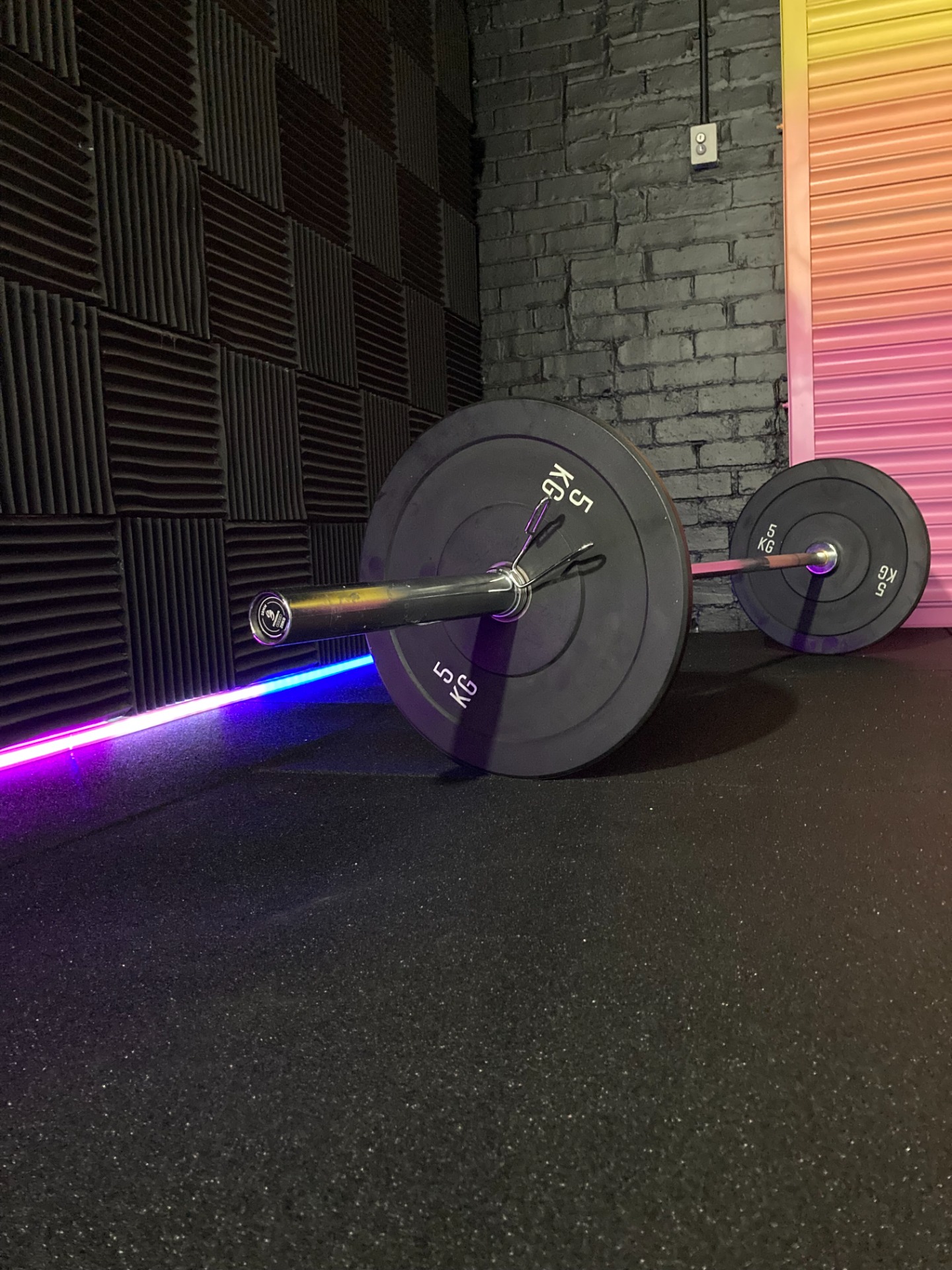
Menopause and Exercise: Everything You Need to Know
Blog by Gemma Yates
Like most women's issues, the menopause (and the perimenopause) isn't talked about openly enough, leaving women in the dark about what's happening to their bodies and suffering in silence. As a female-only gym, we want to break down the barriers, open up the conversation and support women at every stage of life, which is why we're starting a brand new class for those of you experiencing the menopause.
We want to help you navigate this monumental physical and mental change, and one of the best ways to do that is with nutrition and exercise. We'll get to how that works later, but first, a quick biology lesson.
What is the menopause?
By definition, menopause is when your ovaries can no longer produce the sex hormone oestrogen, and your period stops, sometime between the ages for 45 and 55 (51 is the average age for menopause in the UK). The menopause is broken down into three stages: perimenopause, menopause and postmenopause. If you experience menopausal symptoms before your periods stop, you're perimenopausal (this can start as early as your 30s, though most women will experience symptoms from around the age of 45). Menopause is when you have not had a period for 12 consecutive months. After that, you're post-menopause. This is when symptoms should die down, but levels of oestrogen and progesterone will remain low for the rest of your life.

What are the symptoms?
Everyone's experience of menopause is unique, but the most common symptoms are:
- Irregular periods
- Vaginal dryness
- Low libido
- Hot flushes
- Night sweats
- Lack of energy
- Feelings of anxiety
- Skin and hair changes such as drying or thinning
- Breast tenderness
- Urinary infections
- Depression
- Infertility
- Joint stiffness
- Weak bones
- Weight gain
How can exercise help?
We all know exercise is amazing for our physical and mental health, and this is especially true during the menopause. Not only will it deliver a much-needed dose of endorphins to help with feelings of anxiety and low mood, it can counteract physical symptoms like decreased muscle mass and bone density, as well as controlling weight gain and keeping your heart healthy (the drop in oestrogen levels increases the risk of the coronary arteries narrowing, putting you at risk of a heart attack or stroke) You're also more likely to get a much better night's sleep after you've worked out, so it's a win-win situation.

What does exercise during the menopause look like?
Despite what fitness influencers might try and tell you, there aren't any specific menopause exercises. It's more about understanding what your body is going through and what will help to ease the symptoms and optimise your health. Aim for at least 150 minutes of moderate-intensity aerobic exercise or 75 minutes of vigorous-intensity aerobic activity a week, as well as strengthening activities that work all major muscle groups at least twice a week. Here's what you should be focusing on, and what you can expect from our specially designed menopause class...
Strength Training
After the age of 30, women lose 1% of muscle mass every year. The reduction in mass becomes even more prevalent during your 40s and the menopausal period, meaning strength training is a must. Weight-bearing activity will also boost your metabolism and counteract a decreased basal metabolic rate (the number of calories you burn at rest) The importance of regular strength training continues into your 50s and the post-menopause period, with a focus on lifting heavier and moving more explosively.
Cardio
As muscle mass and bone density decline, you might need to scale back on how many HIIT sessions you smash a week. Instead, schedule in one high-intensity session a week alongside your resistance training, and in your 40s, focus on quick, short bursts of energy to reduce the risk of insulin insensitivity, which can lead to weight gain.
Unilateral Training
Unilateral simply means an exercise that uses a single arm or single leg – think single leg deadlifts or single arm rows – and it's vital for maintaining balance, protecting joints, evening out muscular imbalances and reducing the risk of falls.
Pelvic Floor Exercises
Another delightful symptom to throw into the menopause mix: an increased risk of pelvic floor dysfunction. The significant drop in oestrogen affects pelvic floor health, weakening the connective tissue and leaving some women prone to urge urinary incontinence (a sudden and intense need to wee) or prolapse (where 1 or more of the organs in the pelvis slip down and bulge into the vagina). Learning to engage your pelvic floor and working on your breath to ensure the diaphragm and pelvic floor are working in harmony will alleviate symptoms and keep the pelvic floor strong.
Mobility
During the menopause, our range of motion (the limit to which a part of the body can be moved around a joint) in impaired due to a decrease in synovial fluid, a thick liquid in between our joints, which reduces friction during movement. This causes cartilage to become thinner and joints to get stiffer. Regular mobility work can help, which is why we'll take you through a thorough warm-up and cool down in our menopause sessions.
NEAT
AKA non-exercise activity thermogenesis, which basically means energy expenditure from anything that's not formal exercise. Daily walks, standing up more, household chores and gardening are all ways to up your NEAT, and the more movement you can get into your day outside of scheduled workouts, the better.
So, whether you're going through the perimenopause, menopause or post-menopause, we're here to support and guide you through it all.
Be sure to keep your eyes peeled on our timetable to see things classes landed soon...
